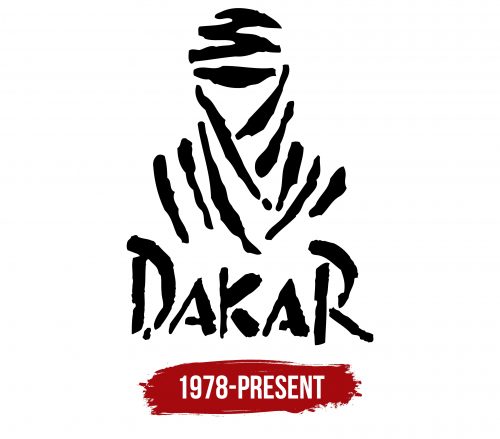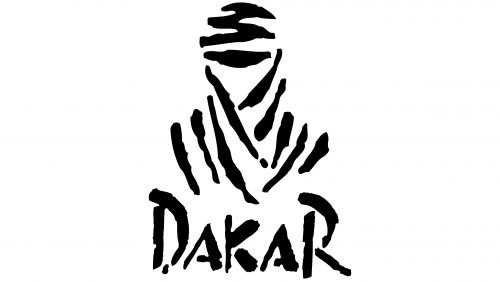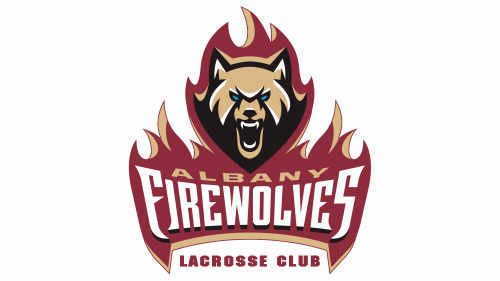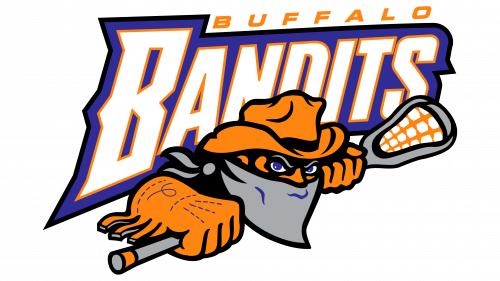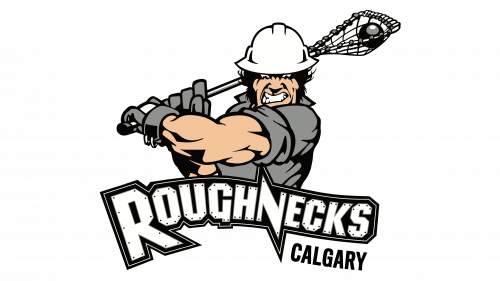The Dakar Rally logo symbolizes adventure, overcoming challenges, and the spirit of the desert. It evokes images of tough trials that demand strength of character, determination, and a readiness to embrace the challenge. The emblem conveys a sense of the unknown and a drive to conquer new horizons, perfectly aligning with the essence of one of the most difficult rallies in the world.
Dakar Rally: Brand Overview
The history of the Dakar Rally began in 1977 when French motorbike racer Thierry Sabine got stranded in the Libyan desert during the Abidjan-Nice rally. This experience inspired him to create one of the world’s toughest and most exciting rally raids.
On December 26, 1978, the first event, Paris-Dakar, started in Paris. One hundred eighty-two vehicles were participating. The route ended in Dakar, the capital of Senegal, passing through France, Algeria, Niger, Mali, Upper Volta (now Burkina Faso), and Senegal. This inaugural race set the standard that would be followed for years: long stages, tough desert terrain, and an endurance challenge for both vehicles and competitors.
During the 1980s, the competition grew in popularity. More participants joined, and it gained global media attention. In 1982, factory teams started competing, raising competition and technological development.
1986 was a tragic year when the rally’s founder, Thierry Sabine, died in a helicopter crash during the race. Despite his passing, his family continued organizing the event, preserving the spirit of challenge and adventure he had created.
The 1990s brought more changes. The route was frequently altered, introducing new countries and landscapes. In 1997, the event finished in Sharm El Sheikh, Egypt, instead of Dakar, marking the start of a more flexible route.
The 2000s presented new challenges. The 2008 rally was canceled due to security concerns in Mauritania. This marked a turning point in the event’s history. To ensure participant safety while maintaining the competitive atmosphere, the organizers moved the rally to South America.
2009, the first South American edition took place, with the route crossing Chile and Argentina. The rally introduced new challenges, including the Atacama Desert, the high-altitude Andes, and extreme weather conditions. This move brought a new chapter to the event’s history, attracting more participants and expanding its geographic scope.
Throughout the 2010s, the South American route expanded further. New countries like Bolivia and Peru joined, offering competitors a variety of climates and terrains.
In 2020, the competition relocated again, this time to Saudi Arabia. This decision aimed to return the event to its desert roots while offering new opportunities for racers and spectators.
The rally continued in Saudi Arabia in the 2021 and 2022 editions. The organizers enhanced the course, giving competitors new challenges and allowing them to race through different parts of the country.
As of 2023, this event remains one of the world’s most prestigious and challenging motorsport competitions. Over its 40-year history, the rally has evolved from an adventurous journey to a high-tech sporting event while preserving its spirit of challenge and adventure.
The Dakar Rally attracts large companies because they see it as a great opportunity to showcase their products in challenging conditions. Automakers like Peugeot and MINI are participating in the race, using it to test new technology and present innovative ideas. Two leading motorcycle manufacturers, KTM and Yamaha, have stood out for their continued success in the motorcycle and quad categories. For many brands, the Dakar Rally proves its reputation for building reliable equipment that can endure the toughest environments.
The rally continues to attract the world’s best racers, combining athletic skill, technological innovation, and human endurance. Despite changes to its routes and locations, the competition remains true to its original concept—being the world’s toughest and most thrilling rally raid.
Meaning and History
What is the Dakar Rally?
These extreme endurance races across off-road terrain are recognized as some of the world’s most challenging and dangerous motorsport events. They test the endurance of vehicles and participants, who cover thousands of kilometers through rugged desert landscapes. Competitors, including motorcyclists, car drivers, truck crews, and quad riders, face hazardous conditions ranging from dunes to mountain passes. The race demands speed, technical skills, navigation expertise, and incredible willpower. It attracts professional teams backed by major manufacturers and amateurs eager to conquer one of the toughest challenges in motorsport.
1978 – today
The Dakar logo tells a story in a few lines. The central figure is a Tuareg dressed in traditional clothing that protects against the wind, sand, and scorching sun. The Tuareg are nomadic people living in the Sahara, and the race has always been associated with the desert, where survival depends not only on machinery but also on the strength of spirit. The Tuareg symbolizes adaptation to harsh conditions and the ability to stay calm in the face of nature’s relentlessness.
The lines that form this image seem chaotic like the wind constantly reshaping dunes. But behind this simplicity lies a powerful idea—there is no place for predictability. The desert is never the same; each day brings a new challenge. This is the essence of the race: you speed through at full throttle, battling the elements and the unpredictable forces of nature. Every line in the logo is like a mark on a map, where you never know what awaits around the next turn.
The “DAKAR” font at the bottom of the emblem also has a distinct character. It looks like it was carved into the sand—angular and rough. There’s nothing smooth or polished here, just like the rally itself. This font conveys a sense of instability, unpredictability, and wildness. It speaks to the idea that you must rely only on your strength in this race, and nature is the main adversary. The letters evoke those inscriptions people make in the sand, knowing the wind will soon erase them. But this logo remains a symbol of those willing to take the risk.
The black-and-white emblem underscores the seriousness of the race. This color scheme has no room for distraction or unnecessary details—everything is as concise and harsh as the desert itself. Black represents the shadows in the rearview mirror, the nights when the temperature drops, and you are left alone with the stars and the sand. White symbolizes the blinding light of day when the sun burns so fiercely that everything around becomes a blur.
The first Dakar race began in 1979 and was challenging for the participants and the race format. No one knew how it would go, how many would finish, or what would come of this madness. But even then, the race became a symbol of courage and determination. This logo emerged as a symbol for those ready to challenge other racers and nature. The Tuareg is a mascot for the race who can survive in extreme conditions.
Over the years, the race has changed locations, but the philosophy remains the same. The same spirit of risk and adventure, the same harsh conditions where only the strongest survive. This logo is a reminder that the race will always symbolize the battle with nature, one’s fears, and the limits of possibility.

